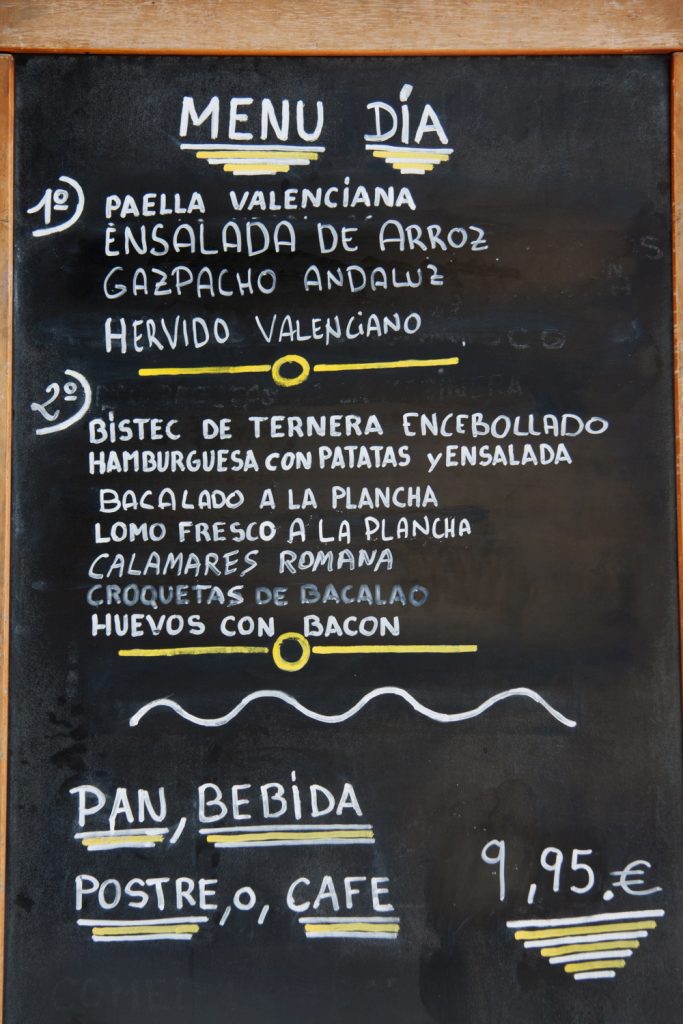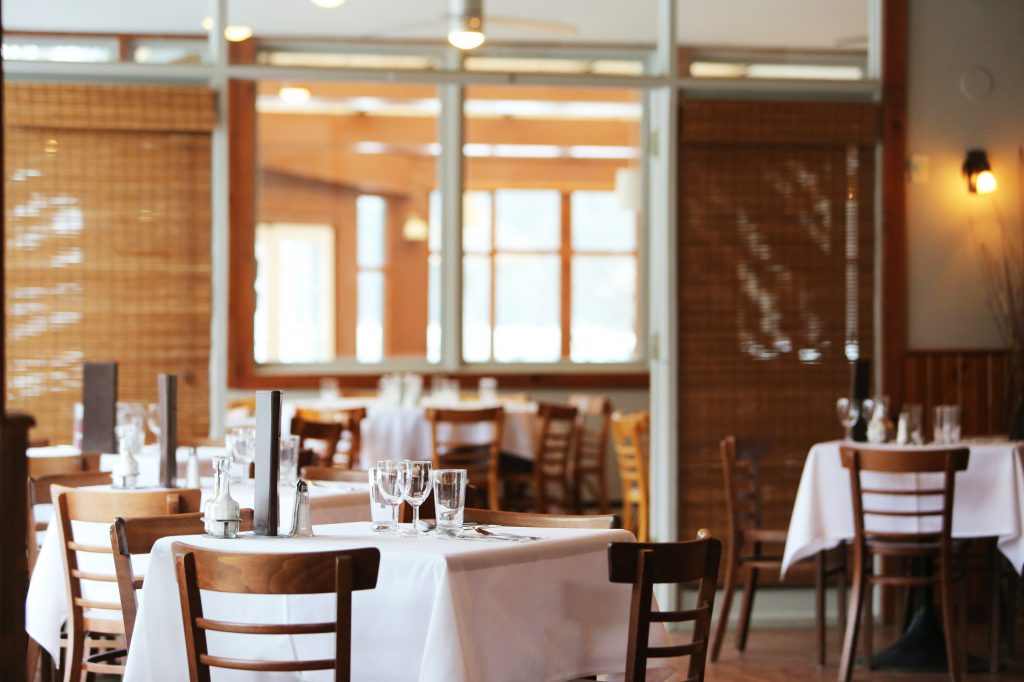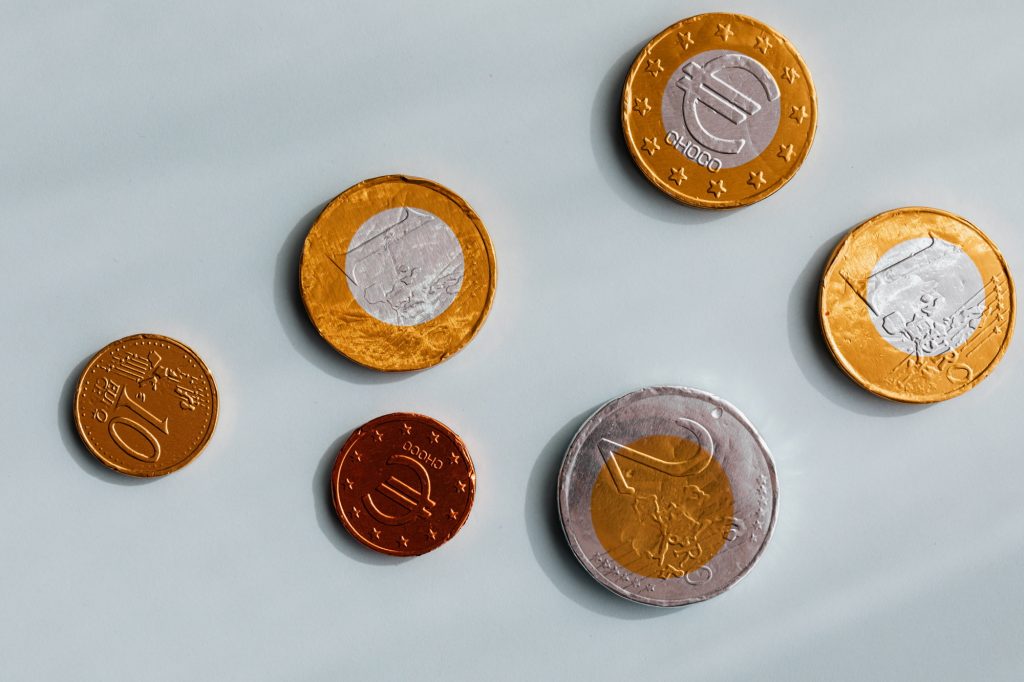Culture
Customs Around Food and Meals in Spain
March 30, 2021

You could be in Spain, Mexico, Argentina, or any other Spanish speaking country, and if you engage in a conversation with locals you will soon find yourself talking about food.
Much of the Spanish culture revolves around food. People will invite you to eat as a gesture of welcoming or potential friendship. Grandmothers will insist that you go for seconds and thirds, friends will gather around food, and there is not a celebration that does not include good food.
When you travel to a Spanish speaking country, do not try to keep your normal eating habits. Embrace the foods from the country, their customs around the table, and their schedules.
While each of the Spanish speaking countries has their own food customs and dishes, I would like to comment on some of the most significant customs around food in Spain, as I was born and raised in this country.
If you find yourself visiting Spain, please be aware that there are general customs revolving around food and the table, and that each region has its own dishes and culinary traditions. Adopt the initial ones right away, and adapt as you travel around the country.
Meal Times
One of the more important things to be aware of when in Spain is that they follow a fairly precise schedule for meals. Specific meals are only available at certain times throughout the day.
If you are used to a more relaxed schedule and availability that can be found in other countries, such as the United States, then this can be a bit tricky to get used to and plan for.
The concept of going into a restaurant at any time of the day and being able to order a meal does not exist in Spain. Most restaurants serve lunch between the hours of 1pm and 3pm. Dinner starts availability at 9pm, and is not uncommon to go past midnight.
If you try to enter a restaurant at 5pm, you will not only find it empty, you will also discover that they will not serve you. They may have a bar where you can get a drink, but they will not serve food again until the start of dinner time.
Breakfast

Breakfast in Spain often consists of coffee and baked goods. These baked goods are typically of the unsweetened and semi-sweetened type, such as croissants and pastries. In Spain, the name for this type of food is bollería.
If you are accustomed to a larger, more filling meal for breakfast then this might seem a little light. I’d encourage you to try to make it work, as you will find that the other meals throughout the day will be much more satisfying.
The idea of a restaurant that serves or specializes in large breakfast meals is nonexistent in most of Spain. Even to get the bollería you will be going to a cafetería (coffee shop).
Spaniards go light on breakfast, but lunch, dinner, and the snacks in-between can be great and very filling.
La Hora del Pincho
If you are like me, and do not like starting the day with sweets, you may want to wait until you reach la hora del pincho. A pincho is best described as a snack, but literally means skewer or toothpick. It receives this name because many of the foods served at this time are penetrated by a long, thin stick to keep the ingredients together.

Spaniards have a large but late lunch. It is commonly eaten around 2 or 3 pm, so to break the long hours of the morning and early afternoon, they have a pincho around 11 am. This is typically a small sandwich with some kind of meat in it, like pollo (chicken) or lomo (lamb), or with tortilla de patatas (a Spanish frittata-style dish).
Pinchos are served in any cafeteria or bar. If you enter one of these many establishments along the streets, they will usually offer a great variety of pinchos and café.If you are having a drink in a cafeteria around this time of day, it’s very common for the bartender or waiter to drop off a small free pincho for you to enjoy with your drink.
Lunch
Having had a pincho may tempt you to skip lunch, right? I suggest you do not, and I will explain why.
The first reason is lunch is an experience in Spain. In many parts of the country, especially the northern area, from west to east and areas of Castille, they offer hearty, flavorful and delicious lunches. You do not want to miss these, and if you do, you may be hungry again if you have been doing the tourist thing and walking the streets for hours.
It is very common in northern Spain to find restaurants that offer menú del día (menu of the day). This menu is advertised on posters or small chalkboards outside of each restaurant showing you the special dishes they offer for today’s lunch, as well as the set price for the entire meal.

A menú del día will usually consist of a few dishes, with different options to choose from for each one. For example, for the first dish you might have the option of a soup or salad.
For the second dish, you might see different meat, poultry or fish dishes to choose one from.
Usually the final dish is a choice of desserts, which are typically different types of cake or ice cream.
Keep in mind that this set price meal usually includes bread (it is very rare to not have bread in a Spanish meal) and wine or water.
If this sounds like a lot of food to you, then you would be correct, it often is. But if you think this will be expensive, you may be very surprised to hear that meals like this are often offered at around €10 to €15 ($12 to $18).
The second reason to not skip lunch is because the time from lunch to dinner will be about 7 hours.
Dinner
One of the most common stories I hear about from Americans visiting Spain is their surprise when they enter a restaurant at 7pm and are told that they cannot even order dinner until 9pm at the earliest.

Spaniards themselves will typically not sit down for dinner in a restaurant until 10pm. Because of this, it’s not uncommon for dinner to last well past midnight for some people.
If you are not planning on eating at a specific restaurant, and are instead browsing for one as you walk around a town, then you’ll find it very accommodating. All restaurants will have a copy of their menu on display outside of the main entrance, making it easy for you to walk up and see if you like the dishes they offer.
The process of ordering dinner in Spain is just like it is in most other countries. You will receive a menu from which you can order, and you will be asked if you’d like to have any wine and water.
Water Is Not Free
Like much of Europe, water is almost always served bottled, and therefore isn’t provided for free.

The idea of getting free (tap) water with a meal at a restaurant is not normal in Spain, and it would even be considered strange or rude if you were to order it.
Tell Others to Enjoy Their Meal
Once dinner is served, the waiter, and those around you will tell you buen provecho. Make sure to remember this phrase and say it on your way in and out to those who are already eating around you. Remember to answer with gracias, as you are wished to enjoy your meal.
It is considered rude if you do see someone eating and do not tell them buen provecho, even when walking by people that you do not know. If they are eating, you say it as you pass.
Adults and children alike are expected to know this. It applies in restaurants as well as at home, with friends or within the family. You will need to say it not only at dinner time, but any time you are close to someone who is eating.
Spaniards typically realize that this custom is unique to their country, so they are usually understanding of foreigners that do not follow this norm. However, if you see a frustrated look in your direction as you pass a group eating a meal, this is likely the reason.
Tips Are Not Expected
Tipping is not expected in Spanish restaurants. Another surprising difference for Americans.

If you are pleased with your meal and service, you may, of course, tip your server, but you are not expected to do so. La propina is something volunteer that is typically only done when extremely impressed with the meal and service.
Even when done, tipping a full 15% or more is considered extremely generous in Spain.
Table Manners
Elders sitting with you at the table are offered to choose seating before anyone else. We always make sure grandparents sit comfortably at the table, and then we arrange the rest of the family.
You will observe that no one says grace at the table. Although Spain is a historically Catholic country, Spaniards consider religion a cultural trait, but they do not practice it often as part of a meal.
It is considered appropriate to wait until everyone is served to start eating. Adults and children will participate in animated conversations around their meals. These can be lengthy for that reason, and also due to the number of courses served for each meal. Americans will often find them too long, but if you get tired at the table, whatever you do, try not to stretch or yawn. These are two serious faux-pas you must keep in mind at all times while sitting for a meal.
Useful Phrases
Since we are talking about food and manners around the table, below are a few phrases that you will find useful to know and use.
Getting set up at the table:
Bienvenidos.
(Welcome.)Adelante.
(Go ahead, after you.)Mesa para cuatro (cinco, siete…), por favor.
(Table for four [five, seven…], please.)Usted primero.
(You first.)
Understanding the server:
¿Qué desean de primero?
(What would you like for the first course?)¿Qué desean de segundo?
(What would you like to have as the second course?)¿Desean un poco más?
(Would you like some more?)¿Y de beber, qué les pongo?
(And to drink, what should I bring you?)¿Desean postre?
(Would you like desert?)
Paying the bill:
La cuenta, por favor.
(The bill, please.)La propina.
(The tip.)El cambio.
(The change.)Los billetes.
(Paper money.)Unas monedas.
(Some coins.)
El Paseo
If you made it through the day following the schedule of the Spaniards, and eating like them, make sure you go for the el paseo de la noche, a well- established custom in Spain that most people will follow after their late and abundant dinner.
This is simply a walk that couples and families will often take after a good dinner.
By the time you are done with el paseo, you will have completed the day and most likely get to bed around midnight or a little later, the real Spanish way!


